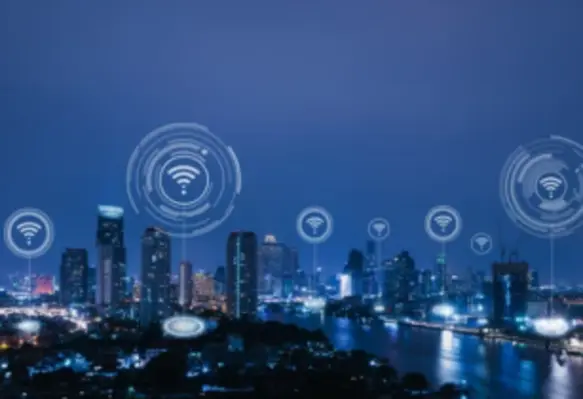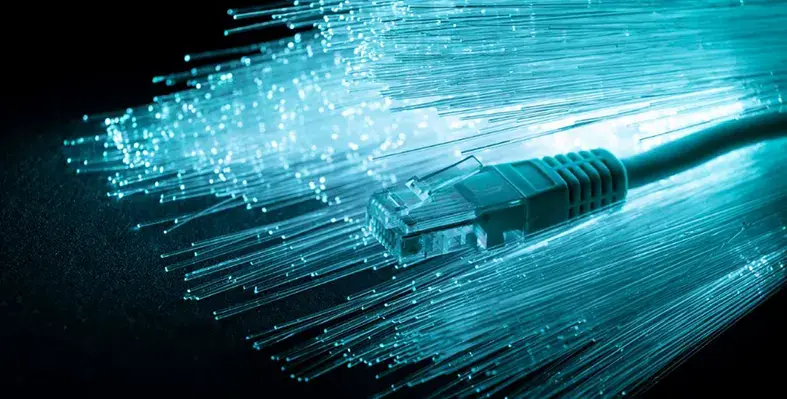Paul Colmer, an EXCO member at Wireless Access Providers Association (WAPA), sheds light on the imminent rise of fixed wireless services in South Africa, driven by advancements in WiFi technology and the expanding unlicensed spectrum.
WiFi is poised for significant advances in 2024, to the point where fixed wireless services in unlicensed spectrum will start taking over from the currently dominant cellular and fibre services in South Africa.
This important shift will come about because of multiple factors, including the rapid advances in WiFi technology, the opening up of large tracts of unlicensed wireless spectrum, and partly because of the unreliability of cellular and fibre networks in the context of South Africa’s infrastructure challenges, like loadshedding.
The rise of fixed wireless services
Fixed wireless in the unlicensed spectrum, operated by Wireless Internet Service Providers (WISPs), is poised to emerge as a dominant force in the local wireless landscape in 2024.
In May 2023, ICASA opened up the lower portion of the 6GHz band for indoor Wi-Fi use. This decision represents a significant step forward for WISPs, providing them with access to additional spectrum for faster and more reliable connectivity.
Looking ahead to 2024, there are expectations that the upper band of the 6GHz will also be opened up for unlicensed use. This development would further enhance the capabilities of WISPs, allowing them to cater to a wider range of applications and deliver even higher speeds.
A WiFi 7 future
The opening of the 6GHz band will pave the way for the introduction of WiFi 7, the next generation of Wi-Fi technology.
WiFi 7 will use the 2.4GHz, 5.8GHz, and 6GHz bands simultaneously, resulting in an exponential leap in performance, surpassing the speeds of traditional wired connections, and making it an ideal solution for high-bandwidth applications such as virtual reality, augmented reality, and cloud gaming.
The emergence of ultra-fast Wi-Fi networks in the unlicensed space presents an opportunity to offload traffic from overburdened cellular networks. This approach could significantly improve network performance, especially in high-density environments such as sports stadiums. By leveraging Wi-Fi to handle a portion of the traffic, cellular networks can focus on delivering critical services and maintaining connectivity in areas with limited Wi-Fi coverage.
Wi-Fi sensing
Wi-Fi sensing, a technology that uses Wi-Fi signals to detect and track objects due to the radar, sonar and lidar-like nature of Wi-Fi signals, is expected to gain traction in 2024. The technology already has the potential to revolutionise various industries, including security, healthcare, and elderly care, but until now has not been widely available due to a lack of standardisation.
That all changes in 2024 when the IEEE802.11bf Wi-Fi sensing standard is ratified. Wi-Fi sensing can then be deployed using existing hardware, greatly reducing cost implications and making it commercially viable.
Naturally the ability sensing to detect and track objects through walls raises valid privacy concerns. However, it is important to note that this technology does not generate photorealistic images and cannot be used to identify individuals. Moreover, privacy regulations, such as POPI, prohibit the sharing of personal information obtained through Wi-Fi sensing without the individual's consent.
Closing thoughts
2024 marks a pivotal year for wireless technology in general, and fixed wireless services in particular. The opening up of both lower and upper 6GHz in unlicensed spectrum, WiFi 7, and Wi-Fi sensing, are each poised to transform the way we connect and interact with the world around us.
WISPs will play a central role in this evolution, providing consumers and businesses with access to faster, more reliable, and more innovative wireless solutions.























